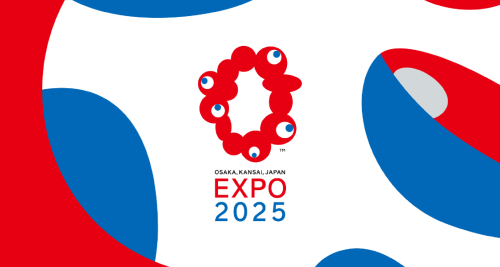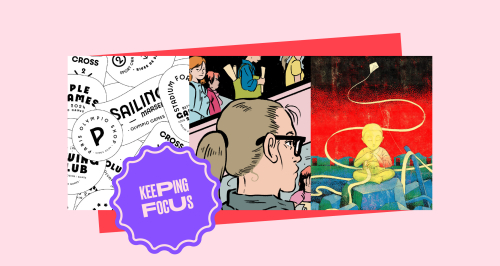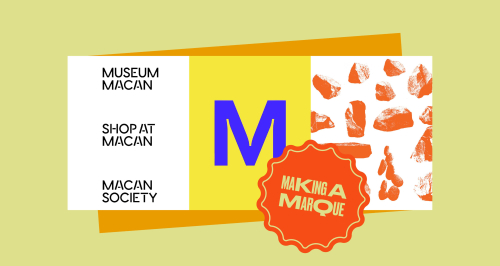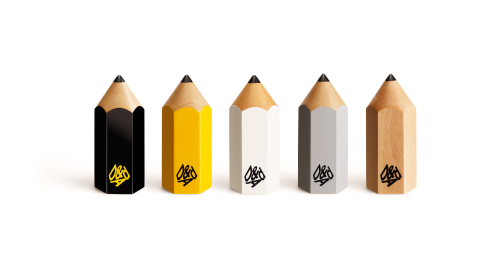Graphic Design as A Tool of Resistance
Amid political turmoil and growing public disillusionment with government policies, art and graphic design have emerged as tools for protest and resistance. For decades, graphic design has not only served as a medium of aesthetic expression but also as a critical platform that articulates the aspirations and struggles of society. In Indonesia, history has shown its importance amidst crucial moments of social and political change.
Since August, discontent has spread across Indonesia, triggered by the wealth disparity of parliament members and the rise of state violence. These events culminated and brought an influx of protests led by citizens across many groups, such as students, labourers, Ojol Drivers, etc; marking a ‘renewed’ period of revolution for Indonesian history. This also birthed a digital movement called the Reset Indonesia movement, where posters awash in pink and green—dubbed Brave Pink and Hero Green—flooded social media platforms. In this case, graphic design has evolved to become a weapon capable of reaching a mass audience rapidly, and as the algorithm allows, its reach continuously expands. Posters, illustrations, comics, and even visualized book quotes all became integral elements to deliver Reset Indonesia’s message. Citizens were no longer silent; they voiced their dissent through graphics laden with defiance. Designers and visual artists from diverse backgrounds joined forces, amplifying messages that reverberated across the digital sphere.
The role of graphic design across Indonesian struggles is hardly new. Since independence, visuals have been essential to manifest the existence of a truly Indonesian identity – one that is free from colonial rule. As documented in The Timeline of Indonesian Graphic Design 1659–1999 by Desain Grafis Indonesia (DGI), resistance art has inspired national pride amongst post-independence youth. During the 1945 proclamation, painters channeled the spirit of revolution through murals of “Freedom or death!” scrawled on train cars and city walls—paying homage to Sukarno’s “Birth of Pancasila” speech on June 1, 1945. These painters were associated with Poesat Tenaga Peloekis Indonesia (PTPI). From archives compiled by the Indonesian Visual Art Archive (IVAA) in the article “PTPI and DJAJENGASMORO”, the group (previously called Badan Persaudaraan Pelukis) in Yogyakarta was identified as active participants in commemorating the day of the proclamation through their production of slogans, posters, and paintings of train cars. According to IVAA, “Around 300–400 young men and women from Ga-Se-Ma (Gabungan Sekolah Menengah Mataram) led the collective effort of commemoration, and they worked collectively across multiple sites and regions. The distribution of slogans and posters and the display of paintings carried a unifying message: ‘Ignite unity to push the colonizers out.’”
As the country was fighting for independence, posters were widely distributed to incite mass reckoning. Indonesia’s master painter Affandi was tasked, under Sukarno’s direction, to create a poster depicting a man breaking free from chains, signifying a visual metaphor for Indonesians to achieve true liberation. Affandi enlisted the help of fellow artists and writers, including Dullah, who posed as the model, and poet Chairil Anwar, who coined the fiery phrase emblazoned on the poster. When artist S. Soedjojono asked Chairil what words should accompany the image, Chairil roared back: “Bung, ayo bung!” (“Comrades, let’s go!”). Birthed out of the collective fire, “Bung, ayo bung!” poster etched itself into Indonesia’s graphic history—much to our surprise, this phrase was adapted from the street calls of Jakarta sex workers towards passersby.
Having grown into a powerful industry in the post-independence era, graphic design has cemented its role as a weapon of resistance during the years of Suharto’s regime. By 1998, Indonesia’s economy had collapsed, poverty surged, and the Reformasi movement erupted. That same year, a group of young artists founded the Lembaga Budaya Kerakyatan Taring Padi (People’s Cultural Institute Taring Padi), where they wielded graphic design as a direct response to the New Order’s political and social repression. Emerging amidst the era’s transition, their woodcut posters and murals covered the walls of government offices, homes, and city streets. Their works brought to light the regime’s injustice, corruption, and state violence and sparked controversy. Based at the Indonesian Institute of the Arts Yogyakarta (ISI Yogyakarta), Taring Padi built networks with dozens of local and international NGOs, and often created community-based works that expressed solidarity with protests and social movements.
Public space became their battleground: their art was birthed for the People, sowing seeds of awareness and critical consciousness. Taring Padi’s posters– famously known as biting parodies-- laid bare the stark class divides between capitalists and laborers, the wealthy and the destitute, oligarchs and farmers. Within this body of work, anti-imperialist slogans sit as its hallmark.
Another voice of resistance emerged from the work of Semsar Siahaan, who was one of the most outspoken critics of the New Order. His works laid bare the suffering of ordinary Indonesians whilst condemning militarism and Suharto’s authoritarian grip. Among his most iconic works was a poster that depicted the tragedy of Marsinah, a female labor activist brutally murdered for demanding workers’ rights. To this day, its graphics remain a symbol of protest and a demand for justice in the face of unresolved human rights violations.
The Reset Indonesia movement stands as proof that graphic design remains an ever-lasting language of resistance within Indonesian society. Its pink-and-green colour palette has become the movement’s core expression of dissent, which was embraced and reinterpreted by many designers and artists in Indonesia. The work that had emerged from these colours has spread across social media, as they are posted and shared by various digital accounts, including @mantapfunny -- an important platform for creators to collaborate and amplify each other’s messages of hope.
Reset Indonesia has not only exemplified how visual art can embody critique and public opinion, but it has also reaffirmed the power of graphic design as a weapon of resistance. At (almost) every major turning point in Indonesia’s political juncture, graphic design have been pivotal to pierce through barriers of censorship, colonialism or oppression and act as an inclusive medium that threads its people. From street murals to viral digital posts, the graphic form continues to mobilize collective consciousness and carve out space for voices often marginalised and silenced. For that reason, graphic practitioners should see themselves not merely as performers of aesthetics but as pioneers of movements rooted in genuine care and political urgency.
In Indonesia’s volatile political landscape, art and graphic design serve as mirrors of the people’s demand for justice. History has proven it time and time again: graphic design has always stood at the frontline. And as long as injustice persists, it will continue to be a weapon for the people.
We thank Desain Grafis Indonesia and Artefak Kita for archiving Indonesia’s resistance posters across generations.









